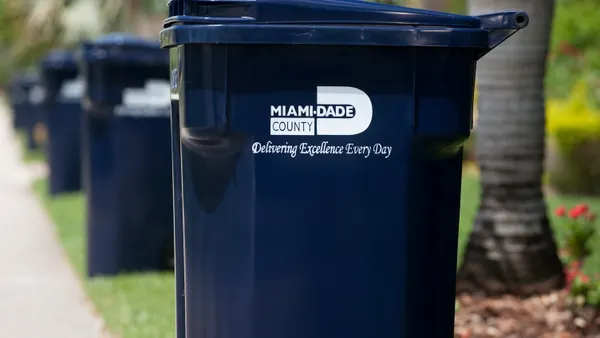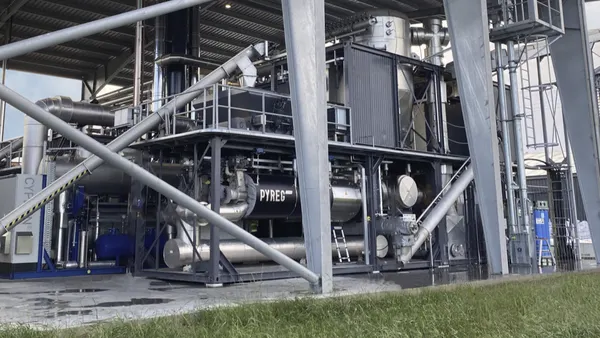Dive Brief:
- Since a 2009 ban on landfills, Norway has invested in high-tech, high-capacity waste-to-energy incineration plants to burn trash while creating energy to fuel private houses and businesses. Among those plants is Klemetstrud, where the heat generated is used to heat water, and electricity is also generated from the steam.
- Klemetstrud heats 60,000 households requiring high volumes of trash to satiate its daily 300-ton capacity. But the facility, like others in the region, is importing waste from around Europe to generate enough energy, as a result of steep competition from Sweden, where the process is cheaper as many plants are older and debt-free.
- Stakeholders interested in preserving Norway’s WTE industry are calling for that country to require European municipalities to take their waste to the treatment plant closest to them, rather than bargain shop.
Dive Insight:
Norway's lack of reusable waste means recyclable food, paper, and plastics being burnt simply to support the ovens. "The level of recycling in Norway is diving, and we are burning too much waste that could have been recycled," said Torbjørn Leidal who is advocating for Norway's waste management industry to preserve the country’s trash.
Norway is facing a predicament similar to that seen in Germany, where trash was imported from other countries just to feed the capacities of the incinerators.
"We hope that the governments both in Sweden and in Norway will see that the EU's principle of using the closest plant for municipal waste will support recycling better than exporting it to the cheapest oven," said Leidal.
Further, transporting the trash across European borders poses environmental risk.
"The trade in waste is a problem, and you don't always know what the waste contains," says Lars Haltbrekken from Friends of the Earth Norway.








